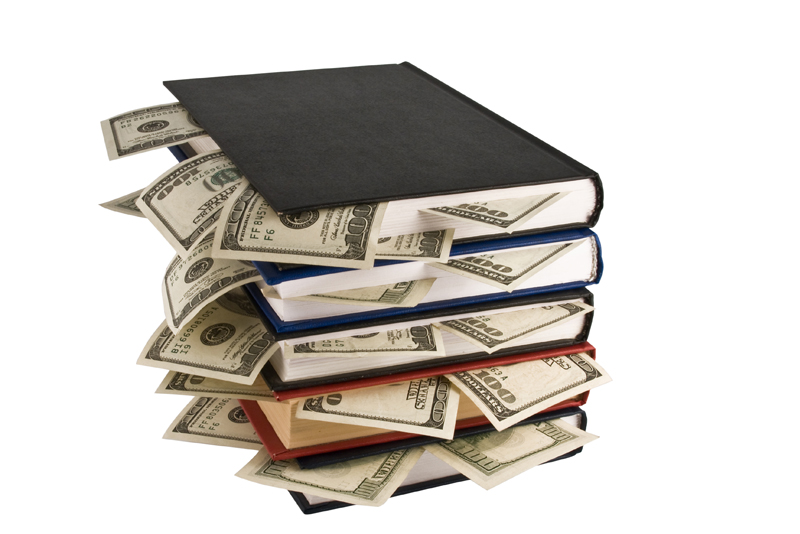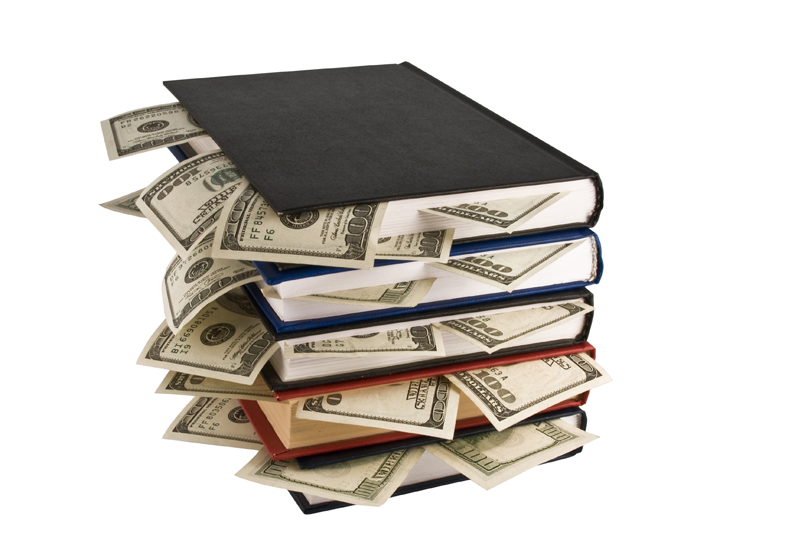Keogh Plans FAQS

What is a Keogh Plan?
The Keogh plan was established in 1962 and is sometimes referred to as a HR-10. It is a qualified tax-deferred retirement plan that meets the guidelines for ERISA (Employee Retirement Income Security Act of 1974) for self-employed individuals and unincorporated businesses.
Who qualifies for a Keogh Plan?
People who qualify for a Keogh include independent consultants and free-lancers, as well as owner-employees of an unincorporated business (i.e., sole proprietors and partnerships); virtually anyone who can legitimately claim income from self-employment. One can only contribute net self-employment income to a Keogh. Investment income such as dividend income is not considered self-employment income. Special note: employees, if they meet the eligibility requirements, must be allowed to participate in a Keogh plan.
Can I have a Keogh and also contribute to another retirement plan?
Yes. If you are a free-lance artist, for example, and are covered by a 401K with an employer, you can also contribute to a Keogh plan from your net earnings as a free-lance artist. The amount that you can contribute to a Keogh depends on whether or not you are participating in other retirement plans. Check with your accountant for contribution limits and deduction eligibility. Caution: The contributions are subject to the overall limits for the particular plans.
How do I open a Keogh?
A Keogh Plan is not as simple to set up as an IRA. One should consult with a knowledgeable and experienced retirement planning specialist or an accountant who is also a certified financial planner. A Keogh Plan can be opened through a bank, brokerage firm, credit union or mutual fund company. Keogh plans are subject to a myriad of rules and regulations. The paperwork can be rather time-consuming and complex. For tax reporting requirements, Keogh investors need to file Form 5500 or 5500-EZ annually.
Where can I invest my money?
You can invest your money in a wide range of securities including bonds, certificates of deposit, money market funds, mutual funds or limited partnerships. The money cannot be invested in real estate and collectibles.
How much can I contribute?
There are basically two types of Keoghs: defined benefit and defined contribution. The amount you can contribute is based on whether or not you are contributing to a defined benefit plan or defined contribution plan. A simple overview is as follows:
Defined Contribution Plan: Can be set up either as a money purchase plan or profit-sharing plan. In order to be eligible for the defined contribution plan, the employee must be at least 21 years of age and have worked for the company at least 1 year (or more in some cases) as a full-time employee (minimum of 1000 hours). For 2009, the maximum contribution was $49,000.
Defined Benefit Plan: This is similar to a “traditional” pension plan. Contributions are based on an actuarial formula. It is generally preferred by individuals closer to retirement age and/or high net worth individuals. However, this plan can be rather cumbersome to set up and expensive to administer.
Please note, however, that the allowed Keogh contribution amount can change yearly so one should check with an accountant or with irs.gov in order to obtain updated information.
What is the deadline date?
A Keogh must be established by December 31, for the year in which you plan to make a deduction. However the deadline date for contributions is the tax filing date of April 15.
Key points to remember about Keogh plans:
• Taxes on contributions are deferred. Income from investment and capital gains are not taxed until funds are withdrawn.
• Distributions without penalty can begin once the plan participant reaches age 59½.
• Higher contribution limits than IRAs.
• The vesting schedule must be met.
• If the money from the Keogh is withdrawn before age 59 ½, the owner will have to pay income taxes on the portion of funds that are withdrawn in addition to the standard 10% penalty. Generally, early withdrawals from the Keogh plan without incurring the 10% penalty are allowed only in the case of disability or death.
• Rollovers and transfers are permitted.
• Distributions from the plan can be either in a lump sum or periodic payments.
• Payments can be made to the beneficiary upon the death of the Keogh Plan participant.
• A Keogh Plan participant can make both tax-deductible as well non-deductible contributions. However, the contributions cannot exceed the annual maximum!
• An individual also has the option to invest in an IRA.
For informational purposes only. Although every attempt at accuracy and completion is made, the author does not make any claim that the content is free of factual errors.
The Keogh plan was established in 1962 and is sometimes referred to as a HR-10. It is a qualified tax-deferred retirement plan that meets the guidelines for ERISA (Employee Retirement Income Security Act of 1974) for self-employed individuals and unincorporated businesses.
Who qualifies for a Keogh Plan?
People who qualify for a Keogh include independent consultants and free-lancers, as well as owner-employees of an unincorporated business (i.e., sole proprietors and partnerships); virtually anyone who can legitimately claim income from self-employment. One can only contribute net self-employment income to a Keogh. Investment income such as dividend income is not considered self-employment income. Special note: employees, if they meet the eligibility requirements, must be allowed to participate in a Keogh plan.
Can I have a Keogh and also contribute to another retirement plan?
Yes. If you are a free-lance artist, for example, and are covered by a 401K with an employer, you can also contribute to a Keogh plan from your net earnings as a free-lance artist. The amount that you can contribute to a Keogh depends on whether or not you are participating in other retirement plans. Check with your accountant for contribution limits and deduction eligibility. Caution: The contributions are subject to the overall limits for the particular plans.
How do I open a Keogh?
A Keogh Plan is not as simple to set up as an IRA. One should consult with a knowledgeable and experienced retirement planning specialist or an accountant who is also a certified financial planner. A Keogh Plan can be opened through a bank, brokerage firm, credit union or mutual fund company. Keogh plans are subject to a myriad of rules and regulations. The paperwork can be rather time-consuming and complex. For tax reporting requirements, Keogh investors need to file Form 5500 or 5500-EZ annually.
Where can I invest my money?
You can invest your money in a wide range of securities including bonds, certificates of deposit, money market funds, mutual funds or limited partnerships. The money cannot be invested in real estate and collectibles.
How much can I contribute?
There are basically two types of Keoghs: defined benefit and defined contribution. The amount you can contribute is based on whether or not you are contributing to a defined benefit plan or defined contribution plan. A simple overview is as follows:
Defined Contribution Plan: Can be set up either as a money purchase plan or profit-sharing plan. In order to be eligible for the defined contribution plan, the employee must be at least 21 years of age and have worked for the company at least 1 year (or more in some cases) as a full-time employee (minimum of 1000 hours). For 2009, the maximum contribution was $49,000.
Defined Benefit Plan: This is similar to a “traditional” pension plan. Contributions are based on an actuarial formula. It is generally preferred by individuals closer to retirement age and/or high net worth individuals. However, this plan can be rather cumbersome to set up and expensive to administer.
Please note, however, that the allowed Keogh contribution amount can change yearly so one should check with an accountant or with irs.gov in order to obtain updated information.
What is the deadline date?
A Keogh must be established by December 31, for the year in which you plan to make a deduction. However the deadline date for contributions is the tax filing date of April 15.
Key points to remember about Keogh plans:
• Taxes on contributions are deferred. Income from investment and capital gains are not taxed until funds are withdrawn.
• Distributions without penalty can begin once the plan participant reaches age 59½.
• Higher contribution limits than IRAs.
• The vesting schedule must be met.
• If the money from the Keogh is withdrawn before age 59 ½, the owner will have to pay income taxes on the portion of funds that are withdrawn in addition to the standard 10% penalty. Generally, early withdrawals from the Keogh plan without incurring the 10% penalty are allowed only in the case of disability or death.
• Rollovers and transfers are permitted.
• Distributions from the plan can be either in a lump sum or periodic payments.
• Payments can be made to the beneficiary upon the death of the Keogh Plan participant.
• A Keogh Plan participant can make both tax-deductible as well non-deductible contributions. However, the contributions cannot exceed the annual maximum!
• An individual also has the option to invest in an IRA.
For informational purposes only. Although every attempt at accuracy and completion is made, the author does not make any claim that the content is free of factual errors.

Related Articles
Editor's Picks Articles
Top Ten Articles
Previous Features
Site Map
Content copyright © 2023 by Reshma Vyas. All rights reserved.
This content was written by Reshma Vyas. If you wish to use this content in any manner, you need written permission. Contact Sandra Baublitz for details.



